Planning a short trip to Kyoto and don’t want to blow your budget? This 2-day itinerary is based on my own experience backpacking from Nara to Kyoto, staying overnight near Shijo-Horikawa, and exploring the city mainly by foot and public transport.
I traveled from Nara to Kyoto by train, stayed one night at a clean, central hostel near Shijo-Horikawa, and explored the city by foot and city bus. This Kyoto travel guide is based on that experience, ideal for solo travelers, digital nomads, and backpackers looking to see Kyoto on a budget.
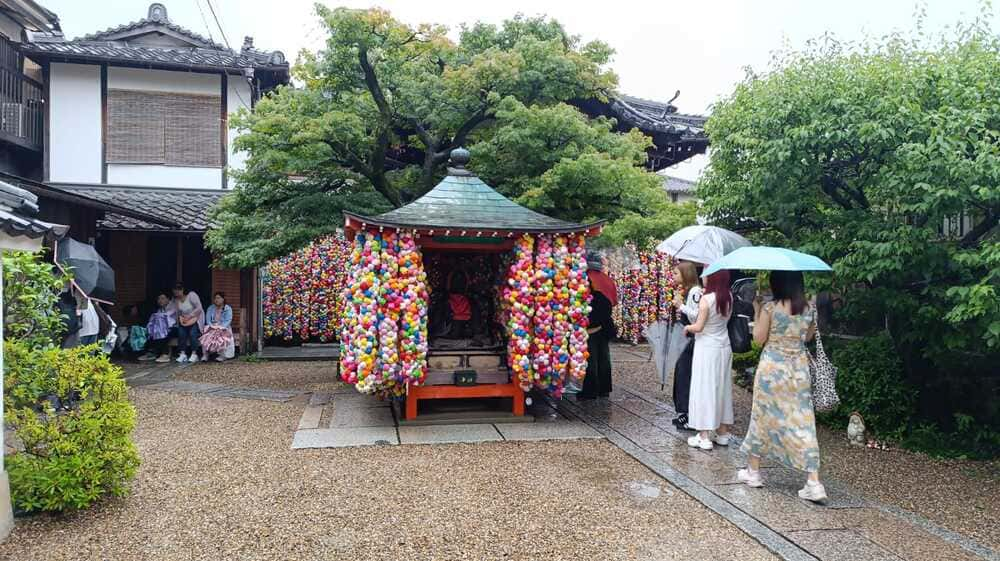
Getting to Kyoto from Nara (Cheapest Train Option)
I took the Kintetsu Line from Kintetsu-Nara Station to Kyoto Station, which is the cheapest and easiest way.
- Travel time: About 1 hour
- Cost: ¥640
- No reservations needed, frequent local trains
- Optional: JR Nara Line is a bit faster (~50 min) but slightly more expensive (~¥720). Better if you already have a JR Pass
Backpacker Tip: Take the Kintetsu Line to Kyoto Station and walk to your accommodation if it’s central, saves on local transport.
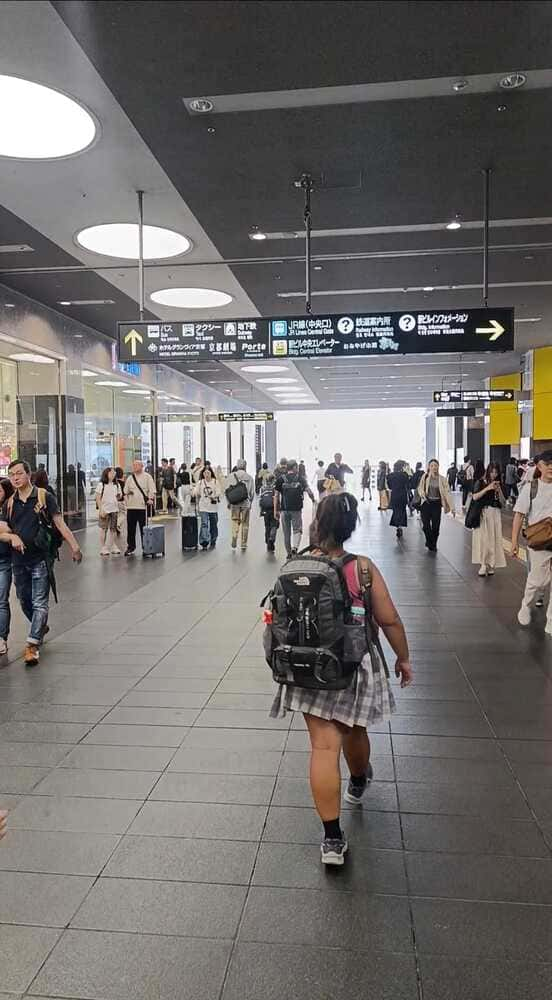
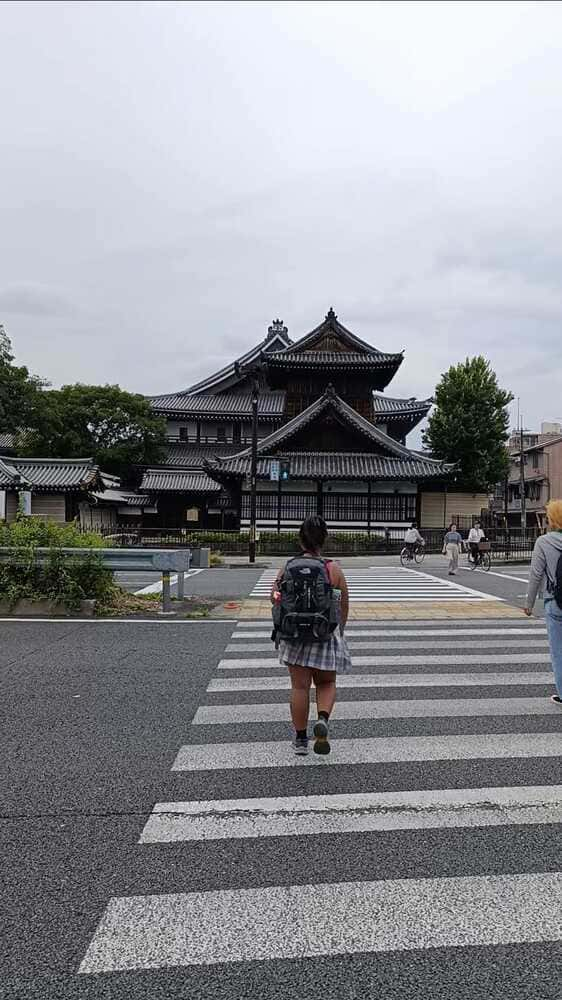
Where to Stay in Kyoto
I Stayed: Smart Place Inn Kyoto Shijo Horikawa. This place was a great base for a backpacker like me. Clean, simple, and well-located.
Why I Recommend It:
- Location: 5 minutes’ walk to Shijo-Omiya Station, close to Nishiki Market and downtown.
- Price: ~¥2,500–¥3,000 per night
- Facilities: Free Wi-Fi, clean showers, lounge space
- Atmosphere: Quiet, modern, and clean, perfect to rest after a day out
Best For: Budget travelers, solo backpackers, digital nomads, and anyone wanting good value without staying in a capsule pod or party hostel.
Things to Do in Kyoto for First-Time Visitors (Backpacker-Friendly)
If you’re visiting Kyoto for 1–2 days like I did, especially on a budget, here are the must-see places that give you a strong feel for the city’s history, nature, and local life without needing expensive tours or gear.
1. Visit Ginkaku-ji (The Silver Pavilion)
Ginkaku-ji is one of Kyoto’s most peaceful and photogenic Zen temples. Unlike the more crowded Golden Pavilion (Kinkaku-ji), the Silver Pavilion is quieter and surrounded by stunning moss gardens and a small hillside walking trail.
What you’ll see:
- The Silver Pavilion (though not actually silver)
- A carefully raked Zen sand garden shaped like Mount Fuji
- Beautiful trees and moss-covered paths
- A short climb to a panoramic view of Kyoto city
Details:
- Location: Higashiyama area, northeast Kyoto
- Hours: 8:30 AM – 5:00 PM (may vary slightly by season)
- Entry Fee: ¥500
- How to get there: Take bus #5, 17, or 100 to Ginkakuji-michi stop, then walk 5–10 minutes.
Backpacker tip: Go early in the morning to avoid school groups and enjoy the garden in peace.
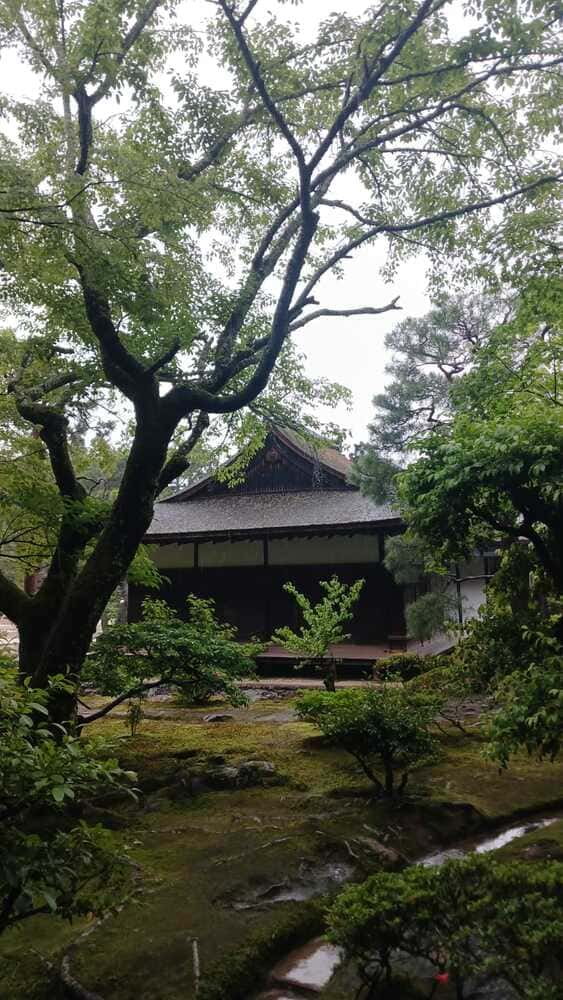
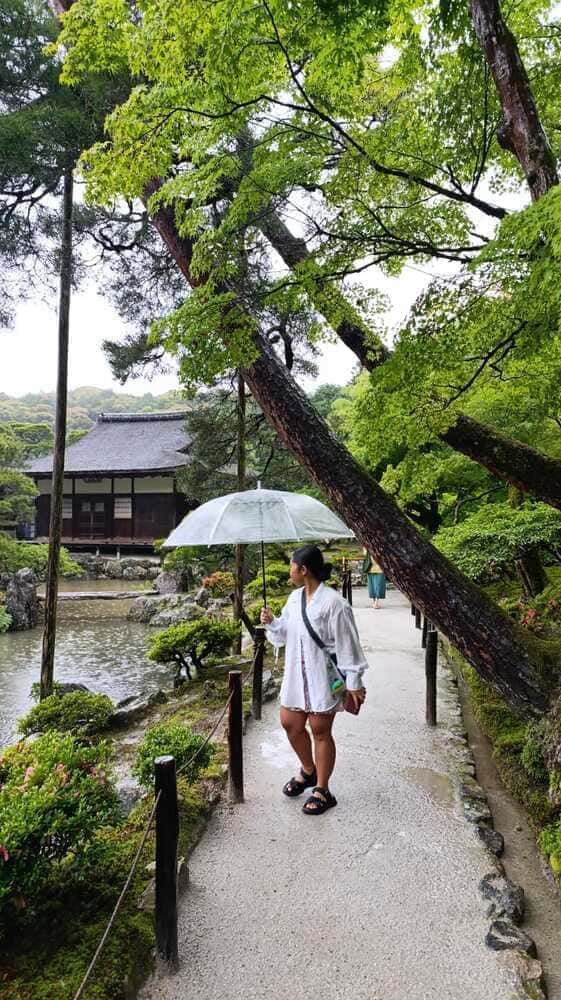
2. Walk the Philosopher’s Path (Tetsugaku no Michi)
This is one of Kyoto’s most famous walking paths, especially beautiful during cherry blossom season (late March–early April). It follows a quiet canal lined with trees, small temples, and cozy cafés.
What you’ll see:
- Peaceful residential streets and temples
- The canal walk with seasonal flowers and reflection views
- Local art shops, cafes, and shrines along the way
Details:
- Starts near Ginkaku-ji and ends near Nanzen-ji Temple
- Walking time: 30–45 minutes without stops
- Free
- Best route: Ginkaku-ji → Philosopher’s Path → Nanzen-ji or continue into southern Higashiyama
Backpacker tip: Stop at a convenience store beforehand and grab a snack to enjoy along the walk. Wear comfortable shoes, it’s a flat walk but you’ll be on your feet a lot.
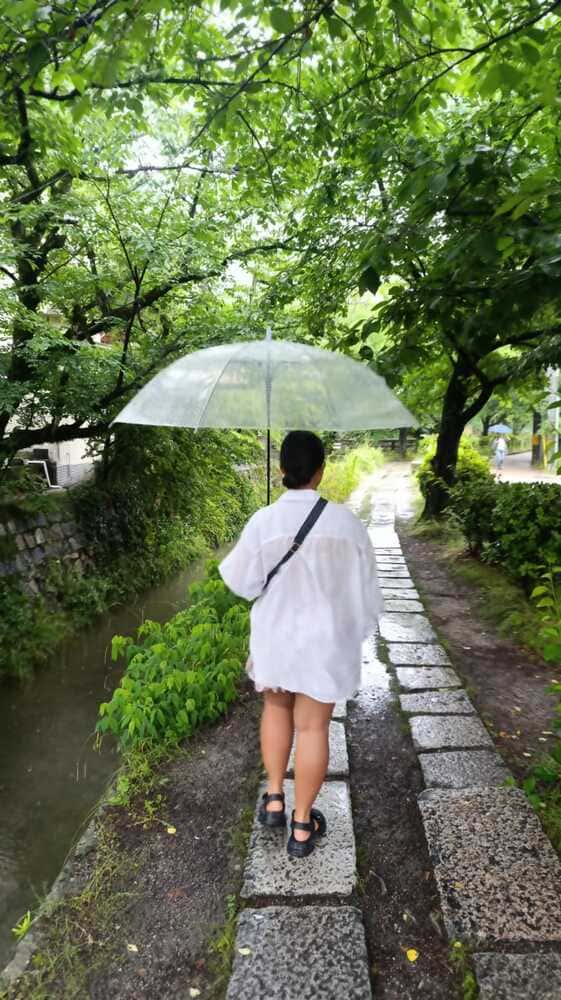
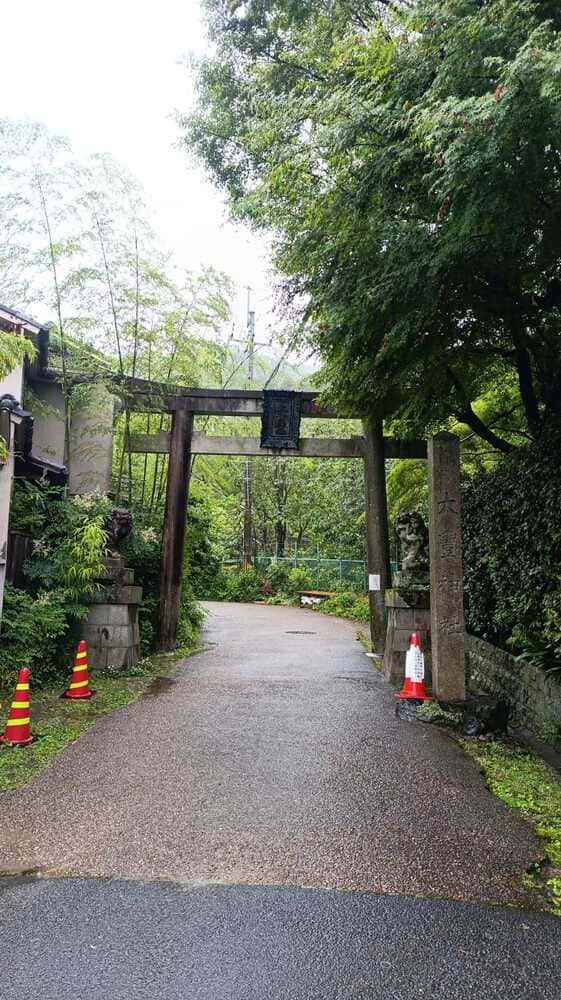
3. Chill by the Kamogawa River
The Kamo River (Kamogawa) runs through central Kyoto and is a favorite hangout for locals. People sit on the riverbanks with snacks, couples hang out, and sometimes street musicians perform in the evenings.
What you’ll see:
- Locals relaxing or cycling along the river
- Scenic bridges, ducks, and views of nearby hills
- Great spot to watch sunset
Details:
- Best spot: Between Shijo Bridge and Sanjo Bridge
- Free
- Anytime: Great in the late afternoon or evening
Backpacker tip: Grab some food from 7-Eleven or FamilyMart and eat here for a budget-friendly dinner with a view.
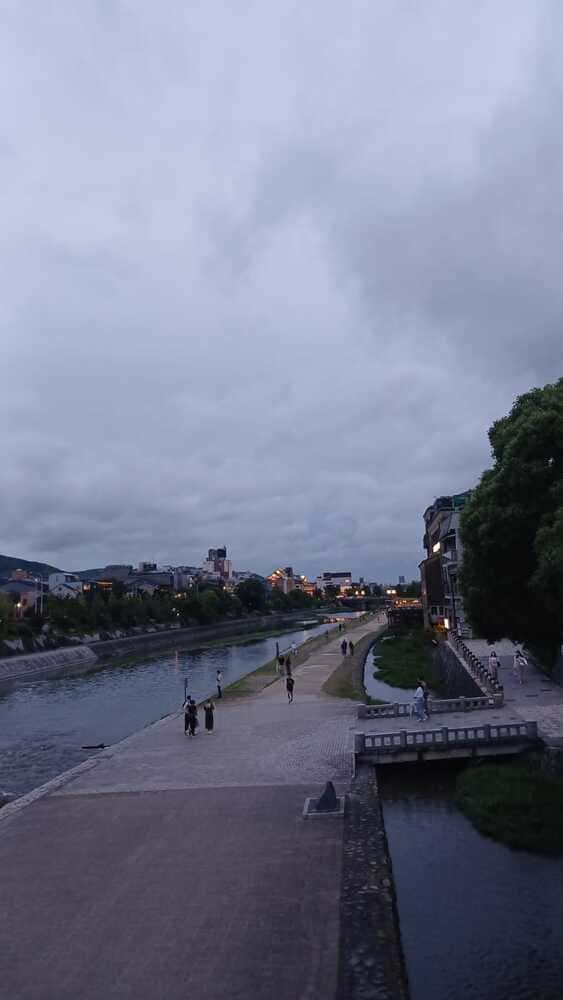
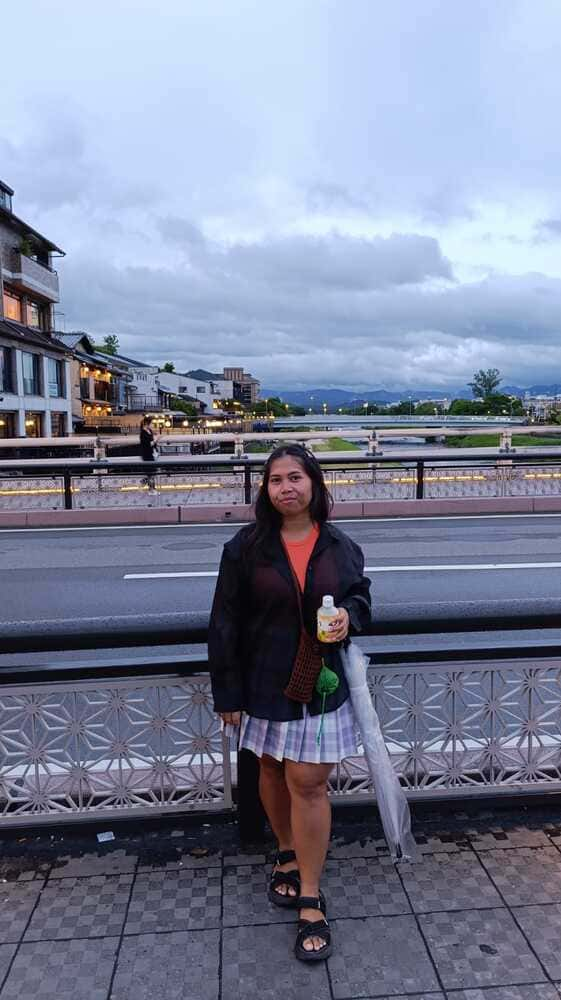
4. Spot Geisha in Gion District
Gion is Kyoto’s most famous geisha district, with traditional teahouses, wooden buildings, and cobblestone streets. If you’re lucky, you might spot a real maiko (apprentice geisha) on her way to a performance.
Where to go:
- Hanamikoji Street – the main historic geisha street
- Shirakawa area – quieter and even more atmospheric, especially at night
Details:
- Closest station: Gion-Shijo Station (Keihan Line)
- Best time to spot geisha: around 5:00 PM – 6:30 PM
- Free (just walk around respectfully)
Backpacker tip: Be respectful, don’t block or follow geisha, and avoid flash photography. Want a guaranteed experience? Book a cultural show at Gion Corner, where geisha perform arts for the public (entry ~¥3,150).
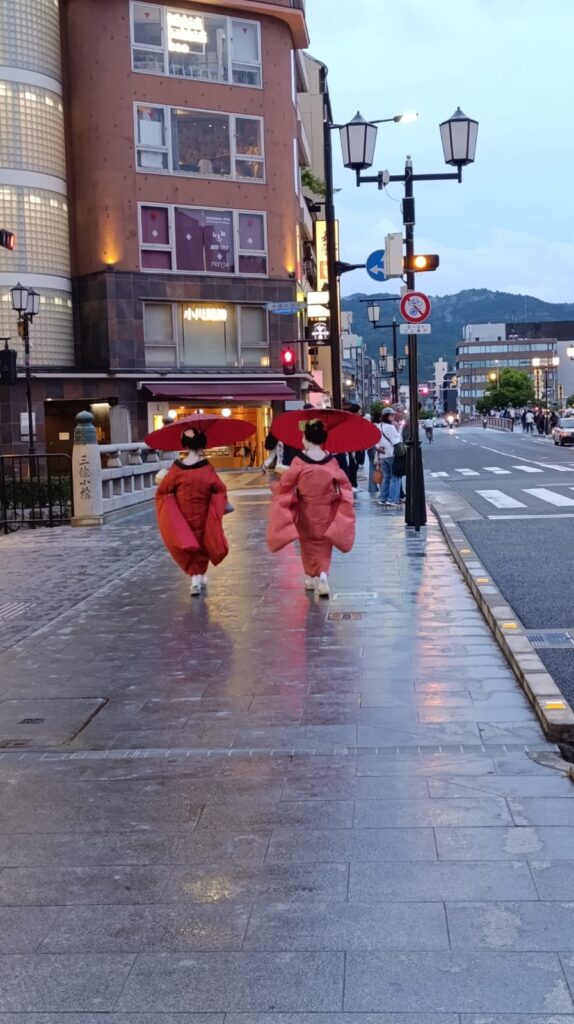
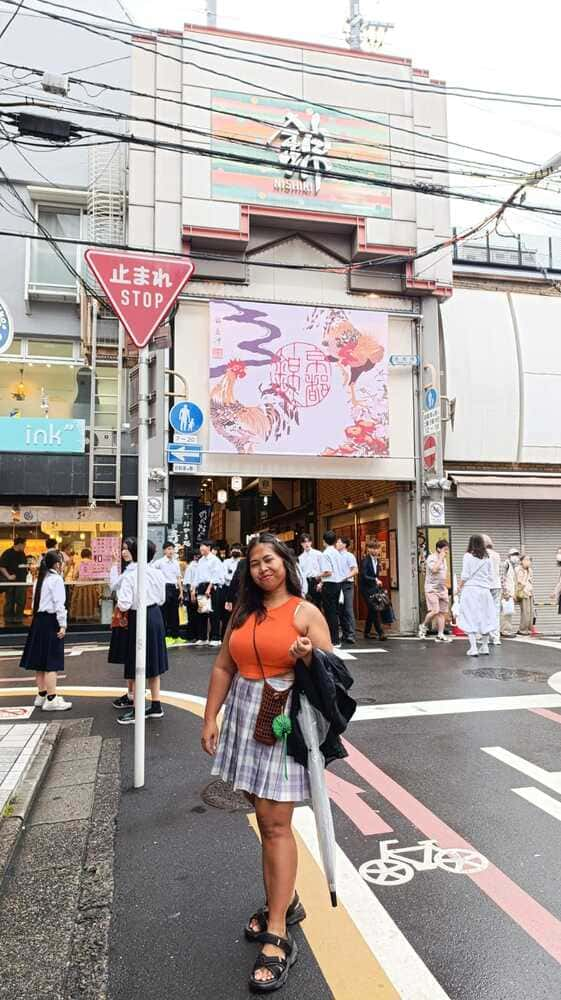
5. Explore Nishiki Market (Kyoto’s Kitchen)
This 400-year-old market street is packed with Kyoto’s local flavors, from pickled vegetables to skewered snacks and mochi. Even if you’re not planning a big meal, it’s fun to sample street food and see what the locals are buying.
What to try:
- Soy-glazed rice crackers
- Yatsuhashi (Kyoto-style cinnamon mochi)
- Pickled veggies (shibazuke is popular)
- Fried tempura skewers
- Matcha soft cream
Details:
- Location: Just off Shijo Street, parallel to Teramachi Street
- Hours: Most stalls open from 9:30 AM – 6:00 PM
- Free to enter, food costs vary (~¥100–¥600 per snack)
Backpacker tip: Don’t eat while walking, it’s considered rude. Look for spots with standing tables or designated eating areas.
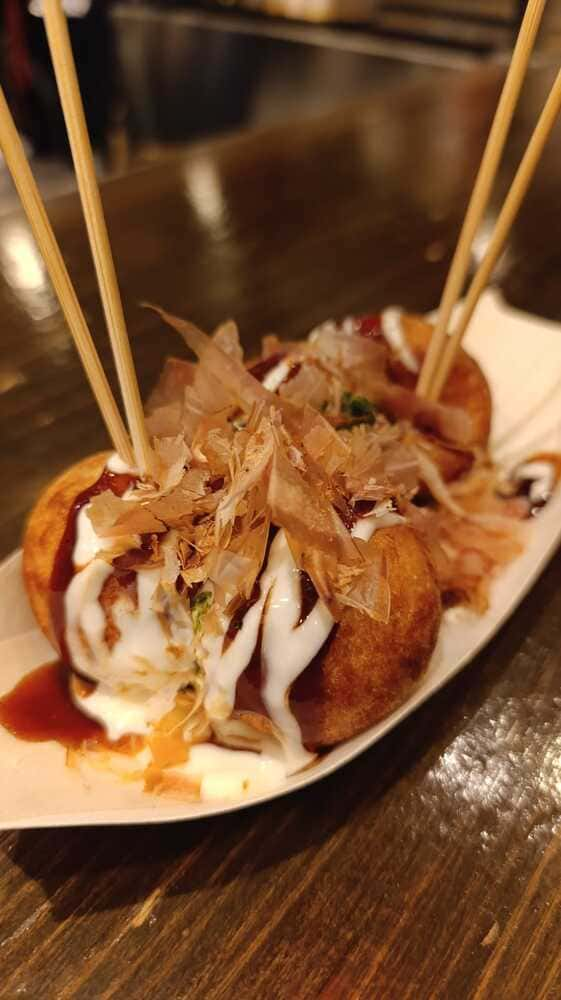
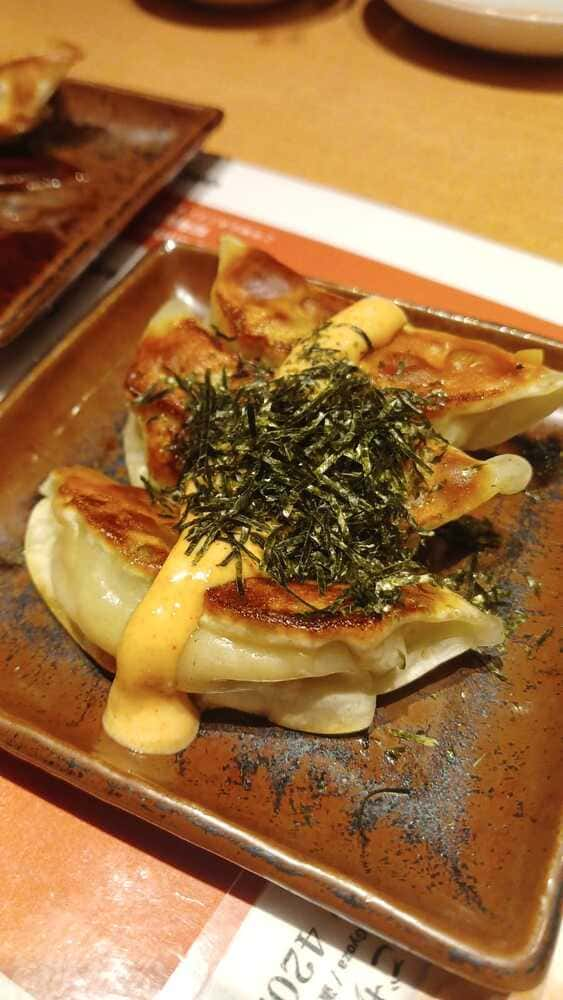
6. Wander Through Pontocho Alley
Just across the river from Gion, Pontocho is a narrow alley known for its lantern-lit restaurants and Kyoto nightlife vibe. It’s a great place for an atmospheric stroll after sunset, even if you don’t dine in.
Details:
- Between Kamo River and Kiyamachi Street
- Best after dark (~6 PM onward)
- Free to explore, restaurant prices vary widely
Backpacker tip: If you want something affordable here, look for standing bars or izakaya toward the southern end of the alley.
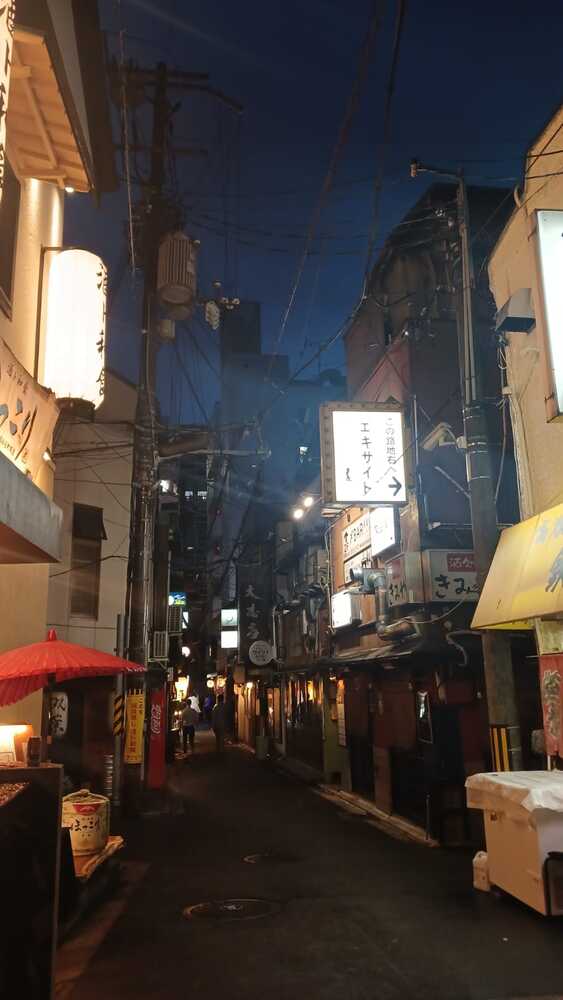
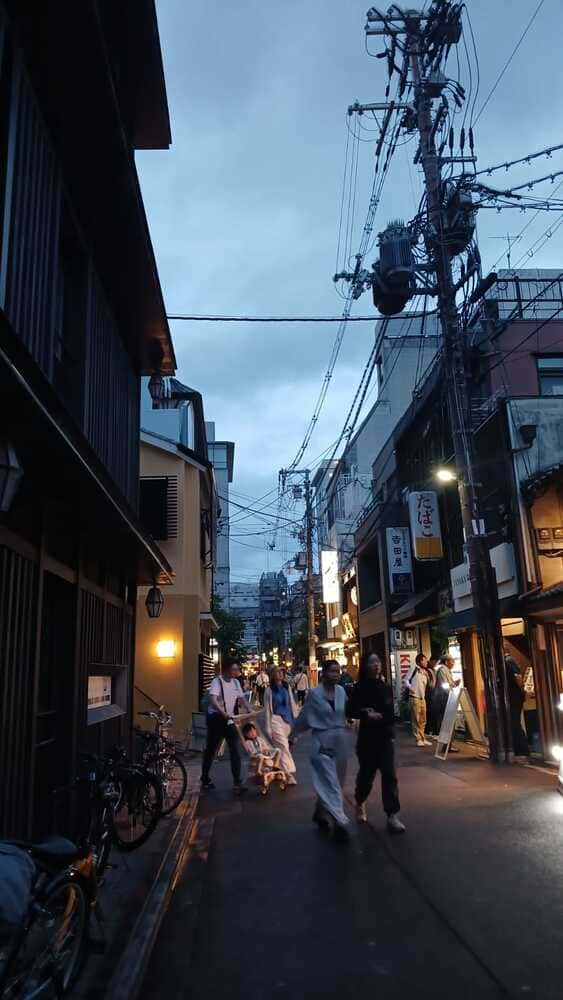
Getting Around Kyoto on a Budget
Kyoto’s public transport is pretty straightforward and affordable, which is a big plus for backpackers.
- Bus Passes: The city bus network covers most tourist spots. A 1-day bus pass costs about 600 yen and lets you hop on and off all day. You can buy it from ticket machines at major bus stops or from the driver (cash only).
- Trains: The JR lines and private railways cover areas outside central Kyoto. For a cheap option, get an IC card like ICOCA or Suica to tap in and out easily without buying tickets every time.
- Walking: Honestly, walking is one of the best ways to explore Kyoto, especially around the downtown and river areas. It saves money, gives you a real feel for the city, and you might discover hidden gems on quiet streets.
Food Recommendation in Kyoto
1. Okinawan Tavern in Sanjo-Kai Shotengai
Tucked inside Sanjo-kai Shotengai, a lively local shopping street west of the city center, there’s a small Okinawan-style izakaya (tavern) that totally surprised me.
What to expect:
- Casual vibe with friendly staff
- Okinawan soul food like rafute (braised pork belly), taco rice, and goya champuru (stir-fry)
- Local drinks like awamori (Okinawan rice liquor)
- Reasonable prices
Why I loved it:
It wasn’t touristy. Locals were eating there, the staff was welcoming, and the flavors were different from typical Kyoto dishes, a fun twist if you want to try something new.
📍 Location: Sanjo-kai Shotengai, about a 10-min walk west of Nijo Castle
💸 Budget: ~¥1,000–¥2,000 for a meal + drink
💡 Tip: Walk through the whole shopping street, it’s full of cool finds
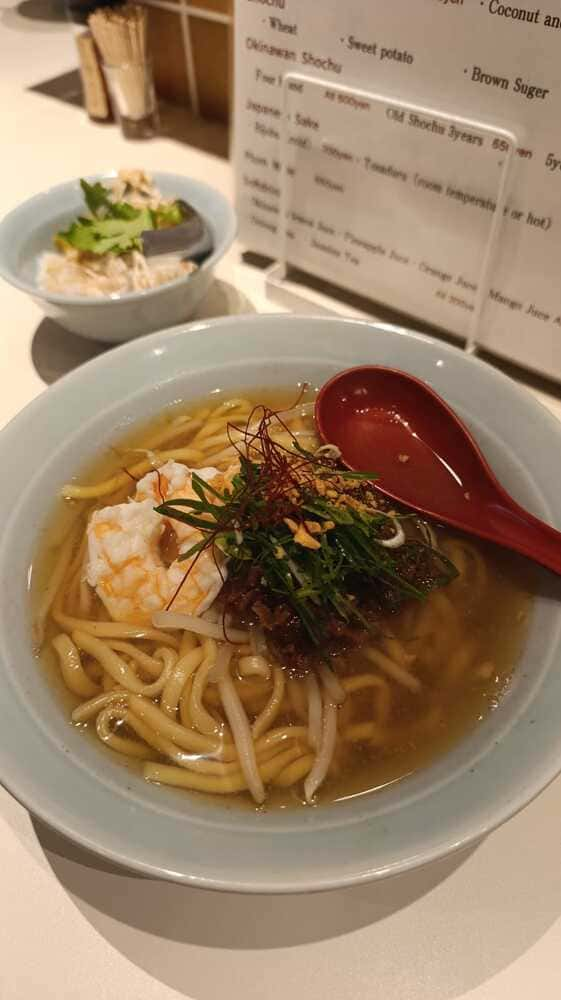
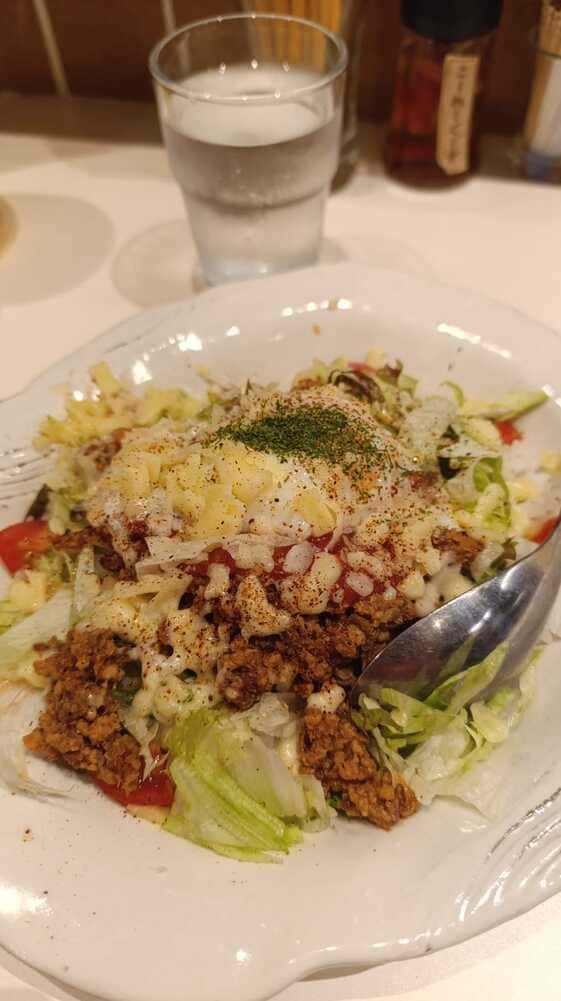
2. Tenkaippin Ramen – The OG Rich Chicken Broth
You can’t visit Kyoto without trying a bowl of Kyoto-style ramen, and Tenkaippin (天下一品) is the spot to do it.
This ramen chain was born in Kyoto, and its specialty is a thick, creamy kotteri chicken-based broth that’s totally different from tonkotsu or shoyu styles.
What to order:
- Kotteri ramen (rich and heavy, their signature)
- Add an egg or chashu (pork slices)
- Set menu with rice and gyoza for a good deal
📍 Location: Several around Kyoto, look for the original shop near Ichijoji, or visit a branch near Shijo
💸 Price: ~¥800–¥1,200
💡 Tip: It’s rich, so go hungry. Great after a long day of walking
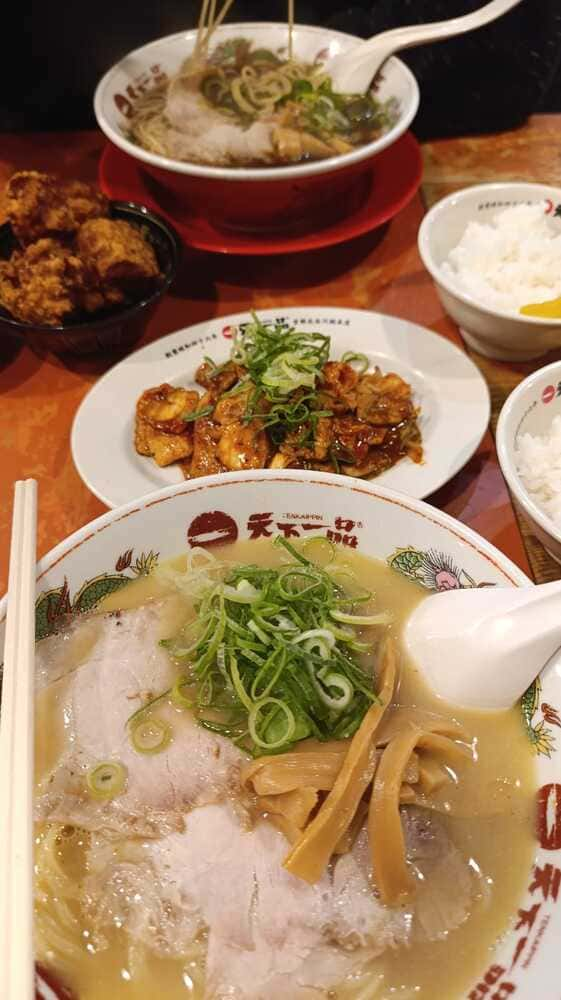
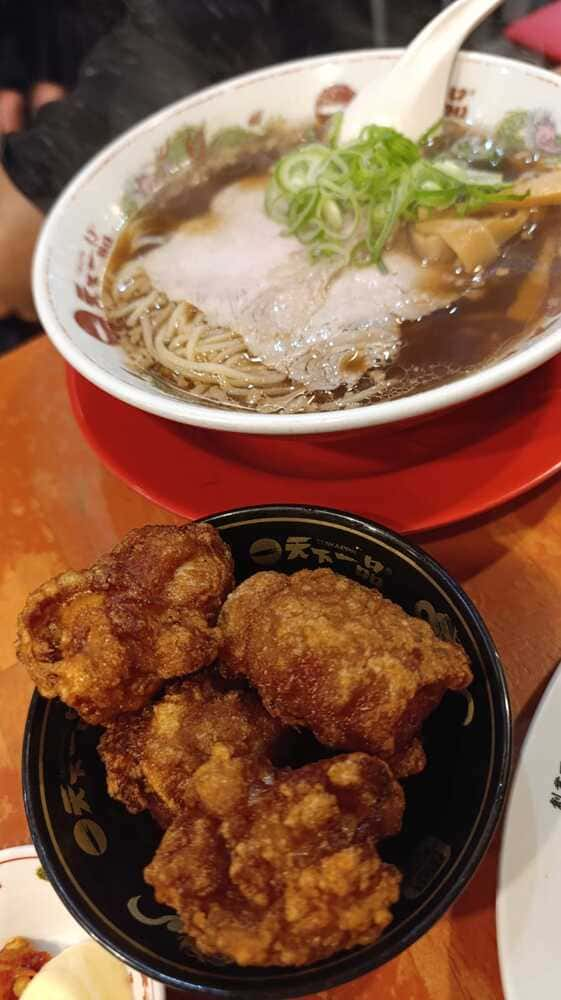
Nearby Cities Worth Spending More Time In
Instead of squeezing Nara and Matsumoto into quick day trips, I chose to spend a couple of days in each city. It gave me a chance to explore without rushing and really soak in the local vibes.
- Nara: About 45 minutes by train from Kyoto, Nara is famous for its friendly deer roaming around parks and the impressive Todai-ji Temple with its giant Buddha statue. Spending a couple of days here lets you visit other spots like Kasuga Taisha Shrine and take relaxing walks through peaceful gardens.
- Matsumoto: Around 3 hours by train from Kyoto, Matsumoto is known for its stunning black castle and beautiful mountain scenery. Staying overnight means you can explore the castle grounds, enjoy local craft shops, and even take a day trip into the Japanese Alps nearby.
Taking your time in these cities makes the trip more enjoyable and less stressful, especially if you’re backpacking on a budget and want to savor the experience.
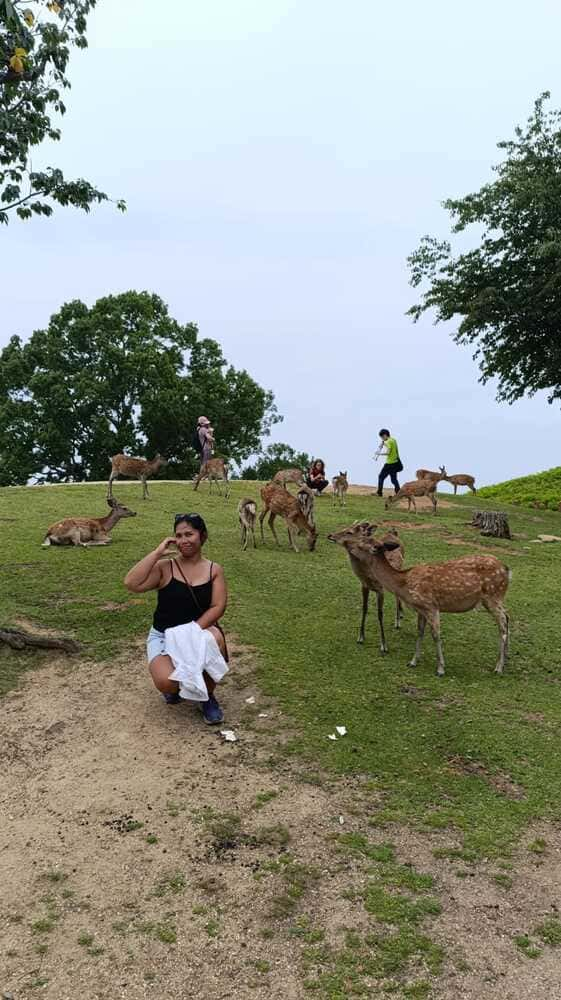
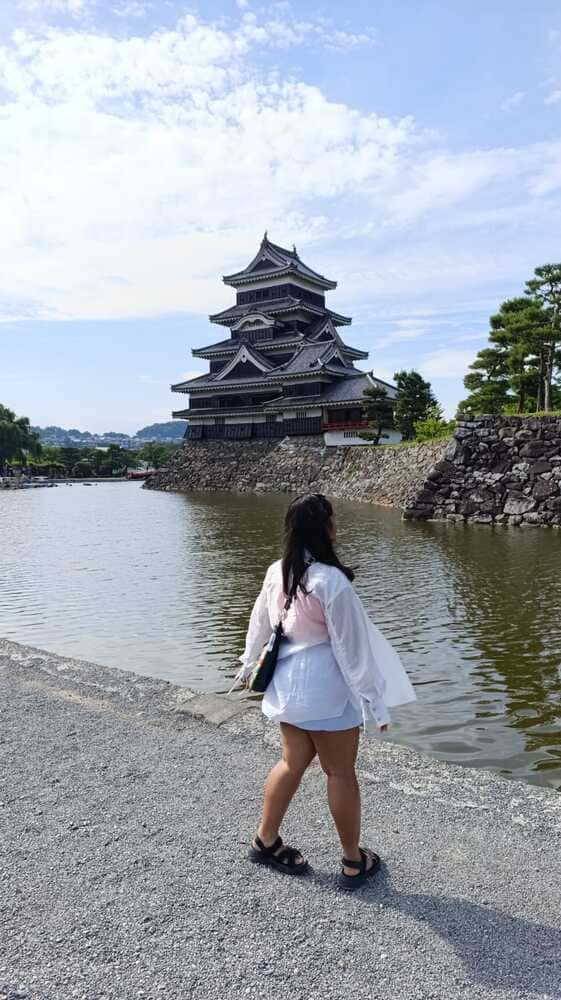
Kyoto Backpacking Travel Tips
- Bus Day Pass: Buy at Kyoto Station ¥600 and covers unlimited rides
- Convenience stores: Cheap, clean, reliable meals (onigiri, bentos, coffee)
- Use Google Maps: Bus routes and stops are well-integrated
- Walk a lot: Kyoto is flat and beautiful on foot
- Avoid rush hours: Especially on buses near school times
- Pack light: You’ll be hopping on and off buses and walking a lot
- Go slow: Don’t try to hit every temple, 1–2 per day is perfect
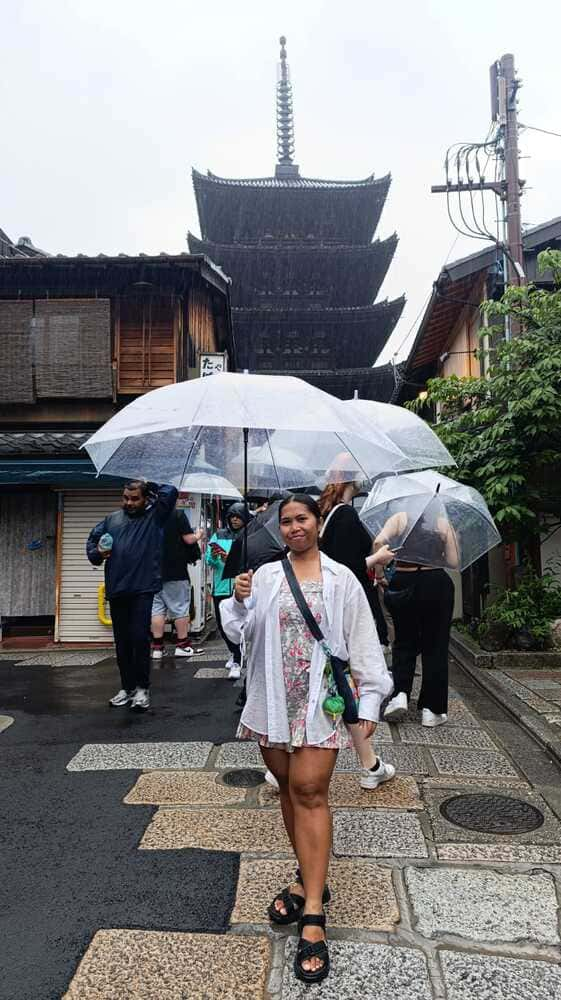
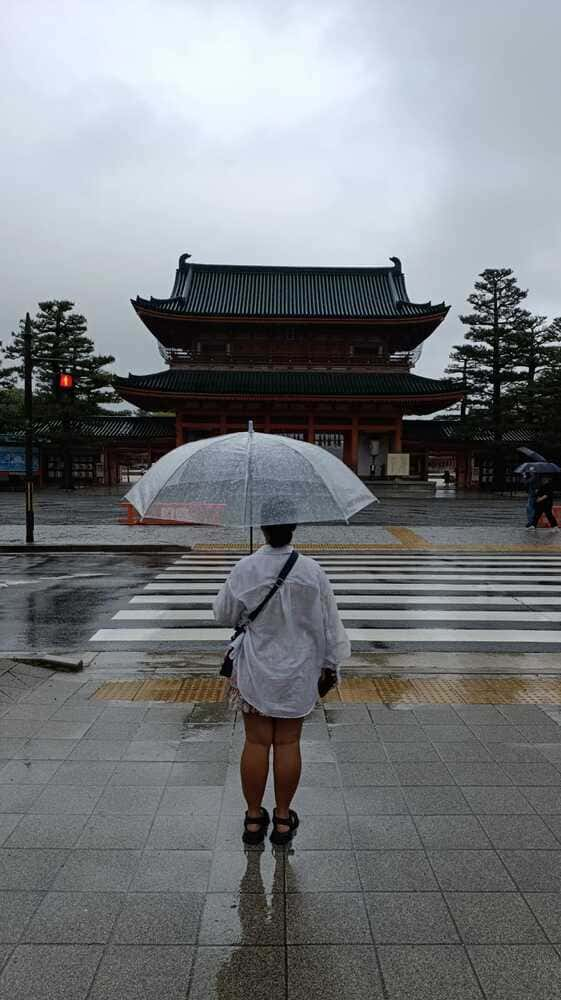
Final Thoughts: Is 2 Days Enough for Kyoto?
Kyoto is charming. It has this quiet magic that sneaks up on you in the narrow alleys, the sound of footsteps on old streets, the way the river reflects the evening light.
Exploring Kyoto on foot didn’t just help me stay on budget, it made the whole experience more real. Walking let me notice the little things: small shrines between houses, locals chatting outside shops, and peaceful moments in places that don’t show up on tourist maps. That’s what made Kyoto special for me.
And yes, 2 days is enough. Not enough to see everything, but enough to feel the city’s rhythm, its history, and why people fall in love with it. I left with a full heart and a quiet promise to return.
More Japan Travel Guides You’ll Love
If you’re planning more adventures in Japan, check out these guides to help you explore even smarter and cheaper:
- Osaka on a Budget: The best spots to eat, party, and shop without breaking the bank.
- Nara Travel Guide: How to see the famous deer park, temples, and quiet neighborhoods.
- Visiting Tokyo Disneyland: Tips to make the most of your magical day.
- My Complete 14-Day Japan Itinerary: Perfect for first-timers wanting a balanced, budget-friendly trip.
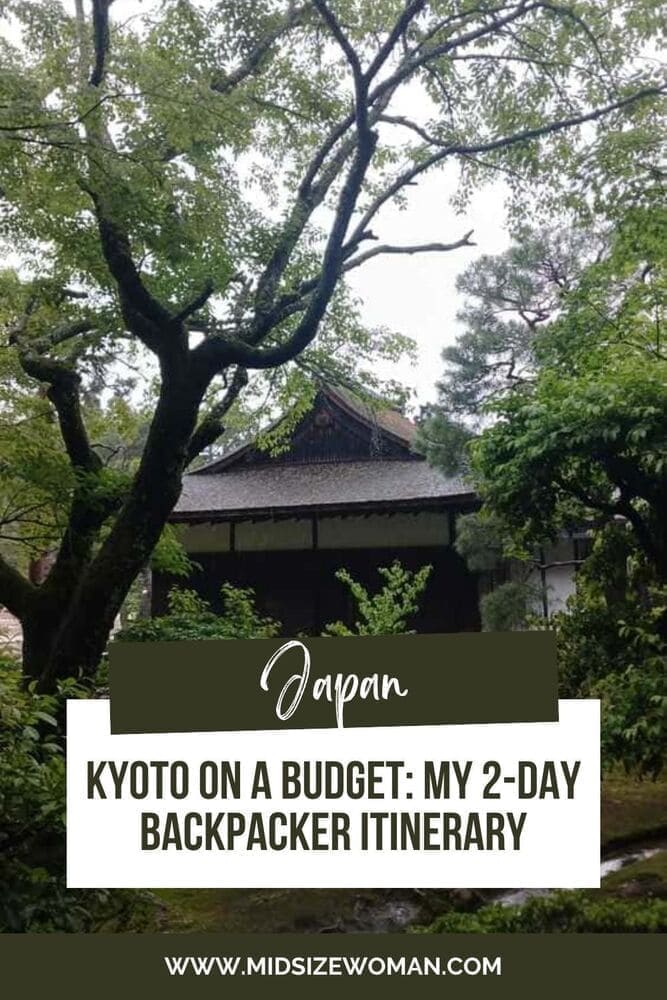
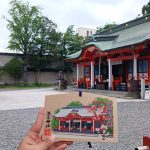
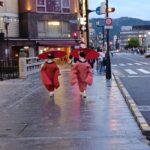


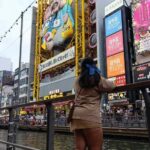
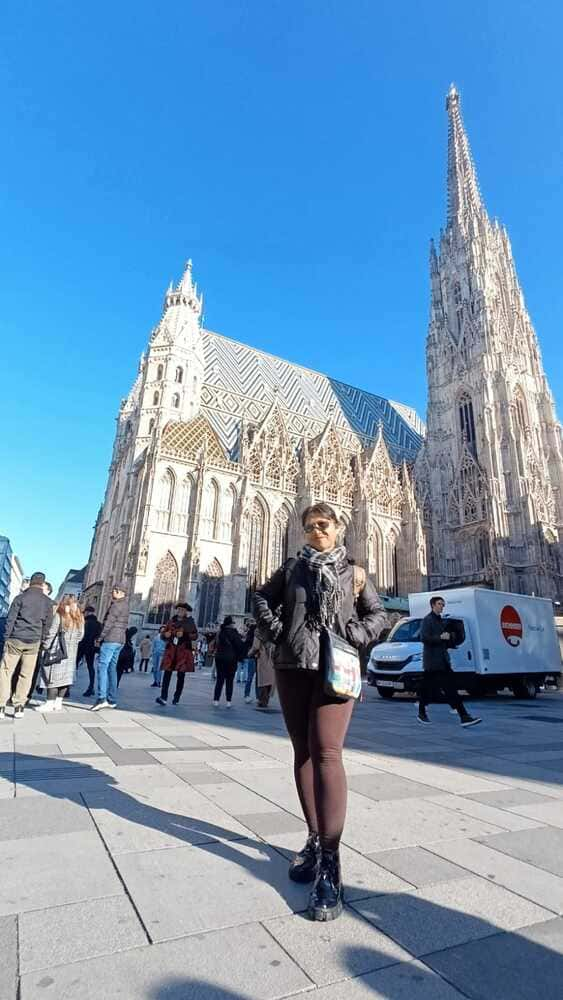
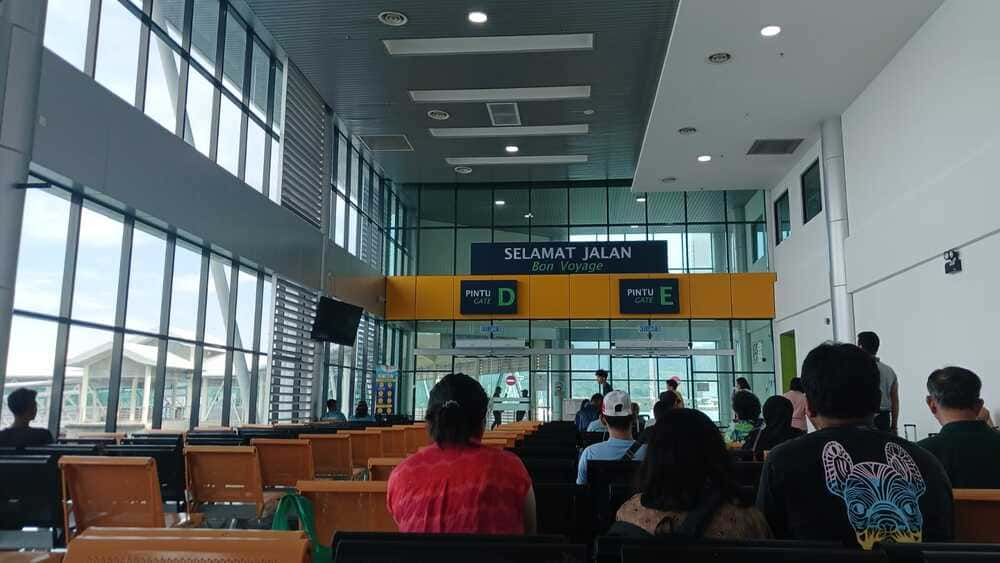
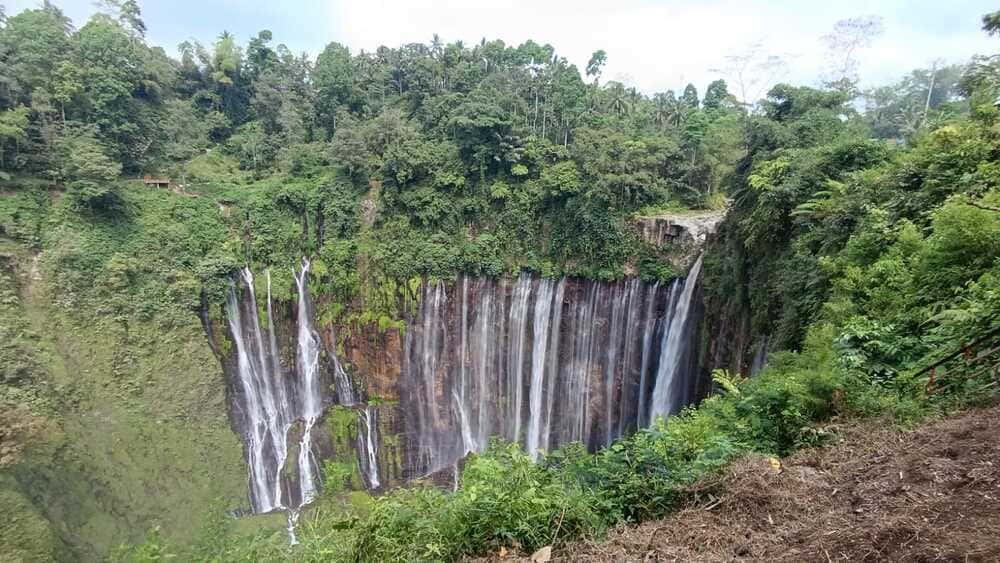
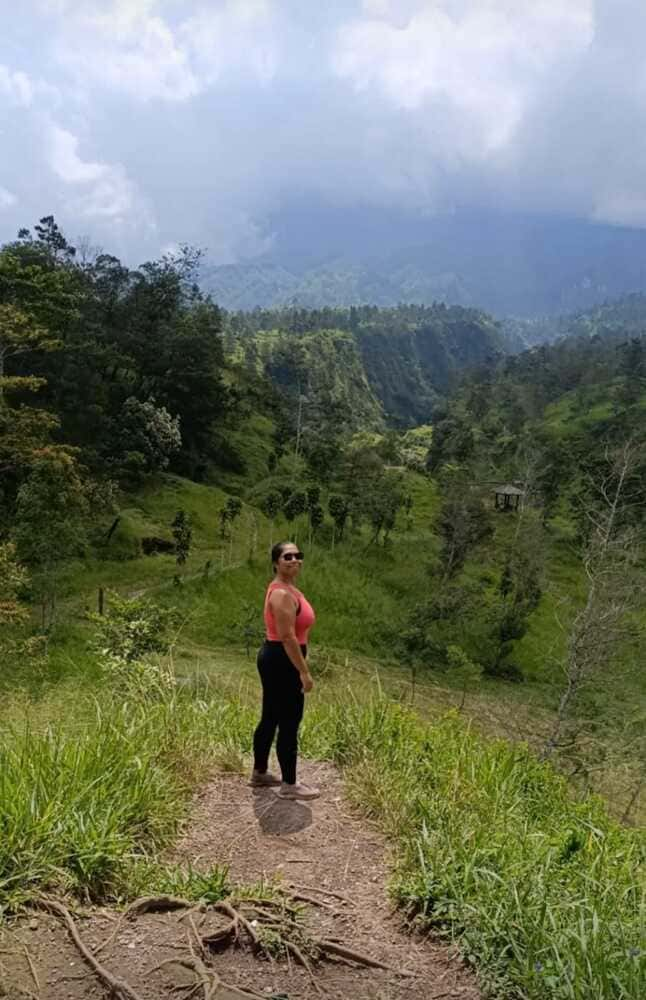
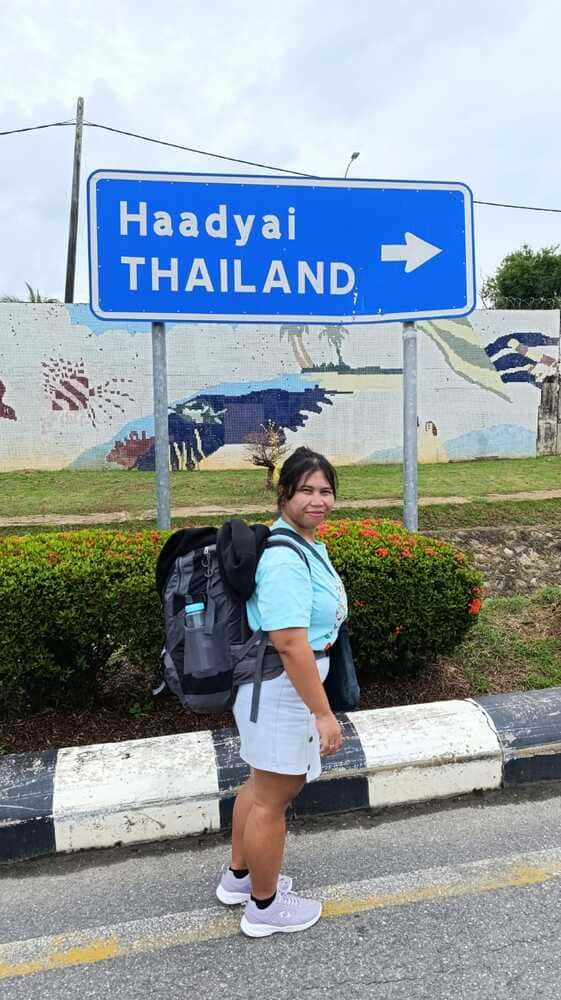
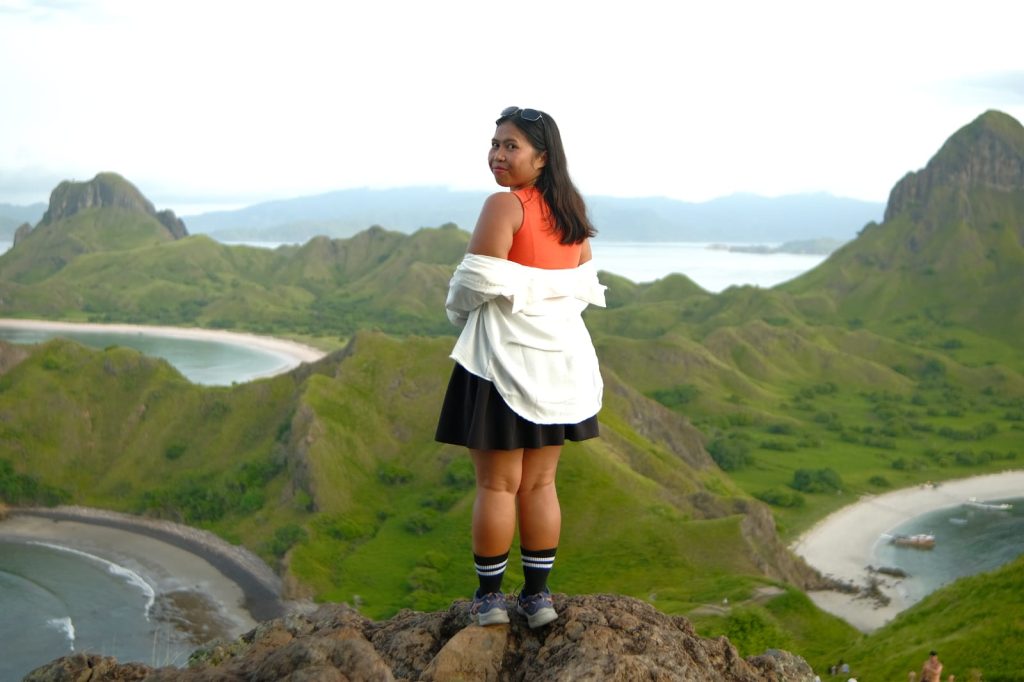
Leave a Reply